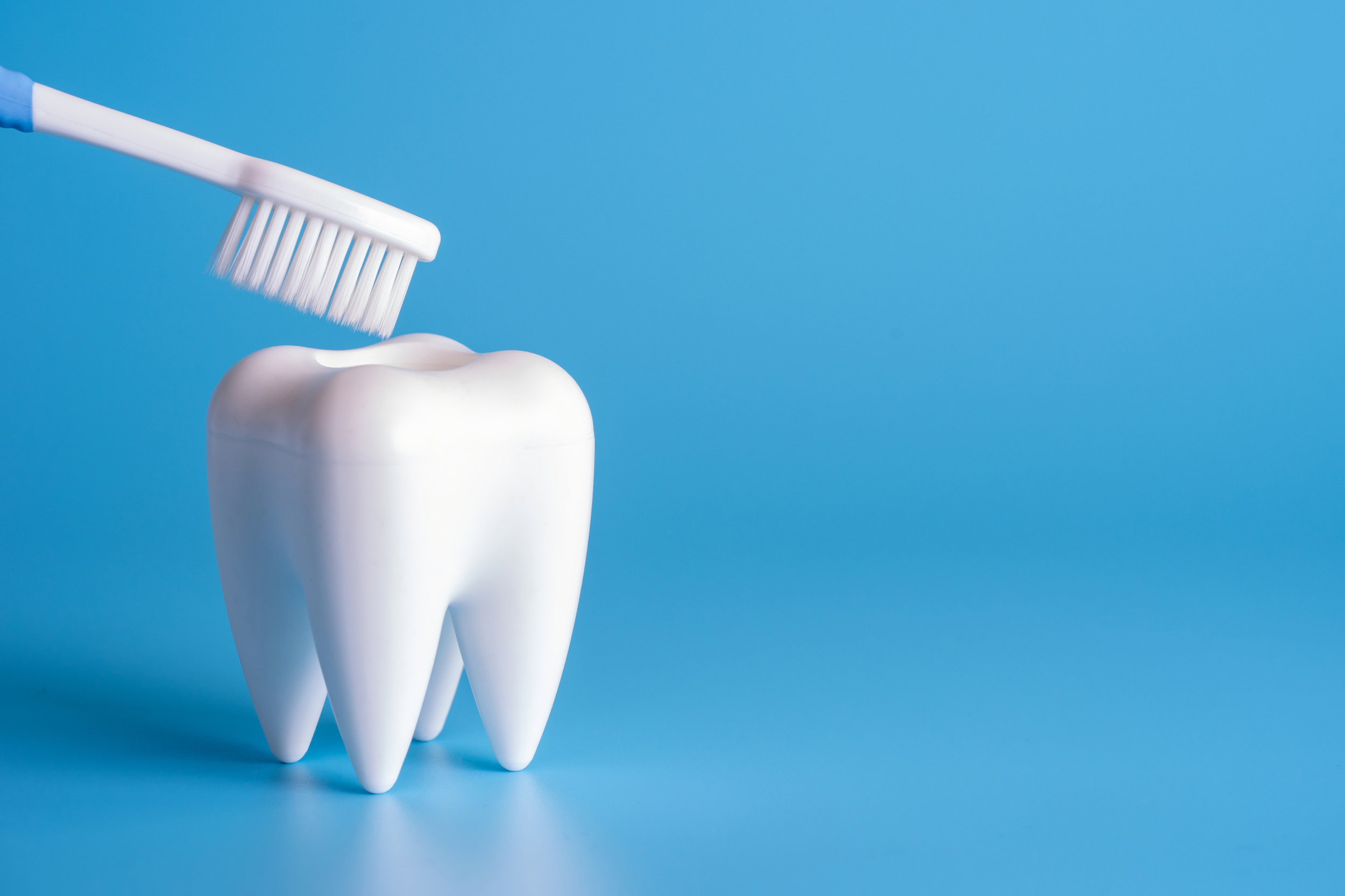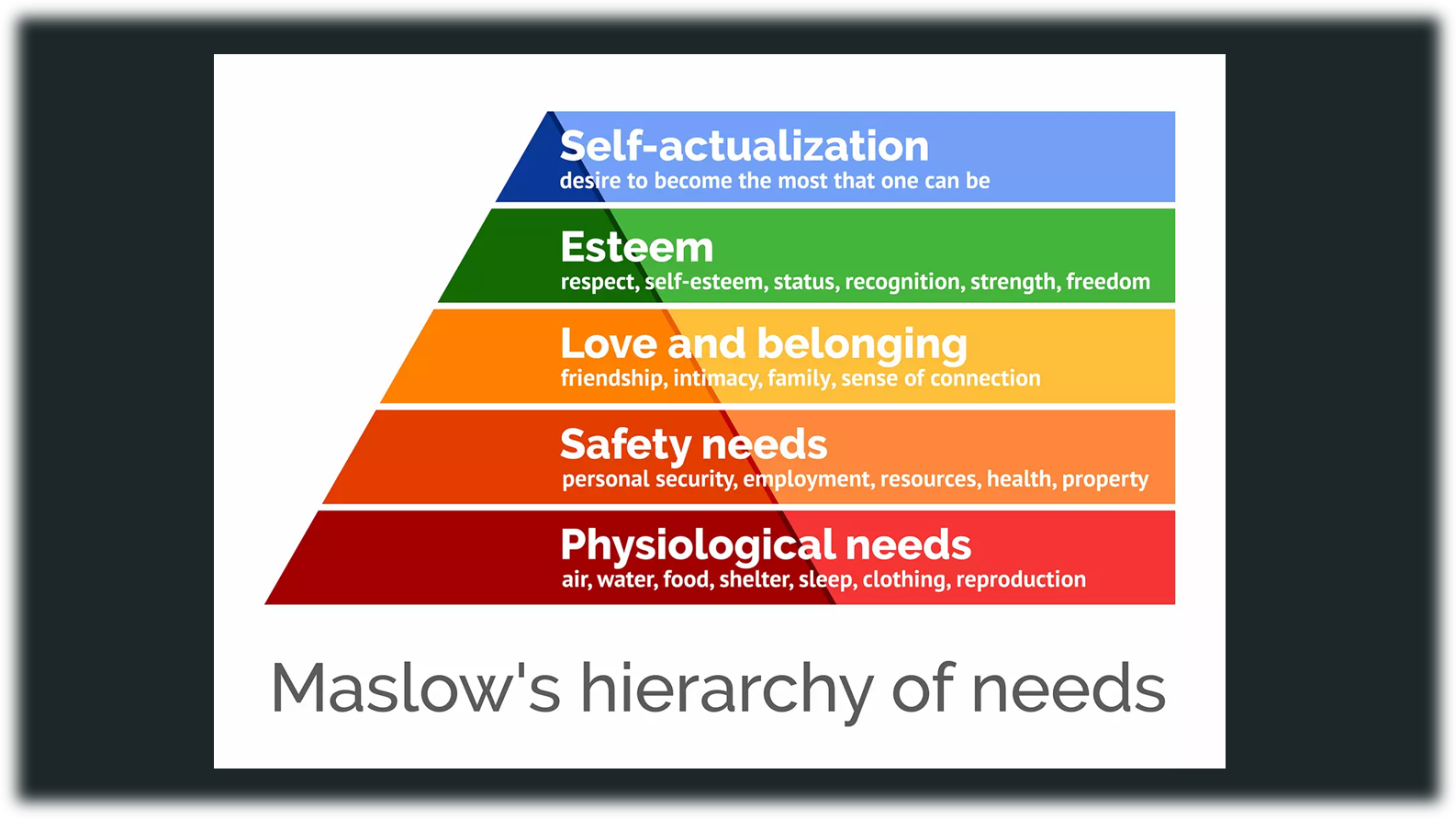When Beauty Is the Beast
January 2019. My workouts get longer and my meals get smaller along with my waist. Subtract twelve pounds but the mirror still shows me a monster. Acne, dark spots, rolls of fat— I am a billboard displaying my worst nightmares. At least that’s what my brain tells me. Everything around me proceeds as normal: boys ask me out, girls ask me how, and everyone calls me beautiful. Why does my brain refuse to see me as I actually am?
The DSM-5 characterizes body dysmorphic disorder (BDD) as a fixation on perceived imperfections in physical appearance that are insignificant or unnoticeable to others.[1] This occurs as a consequence of abnormal visual processing in the brain that results in an increased focus on minute details and an inability to see the bigger picture.[2] BDD often co-occurs with major depressive disorder (MDD) as well as with suicidal thoughts and tendencies. It is also associated with anxiety, social avoidance, neuroticism, and perfectionism.[3] About 1.7% to 2.9% of the general population is impacted by BDD, which is equivalent to about 1 in 50 people. In the US alone, approximately 5 to 10 million people have this disorder.[4] BDD impacts women more frequently than men— with women comprising roughly 60% of the impacted population.[5] However, BDD still remains quite under-diagnosed and the true prevalence may not be known at present.[6]
Photo credit: Sanjana Bakre
Current Treatments for BDD
The two most common treatments for BDD are cognitive behavioral therapy (CBT) and selective serotonin re-uptake inhibitors (SSRIs). Combining both is the most common method of treatment used today.[7] In terms of alleviating symptoms and how long effects last beyond completion of treatment, CBT appears to be the most effective and lasting treatment available. Continuous use of SSRIs is required to alleviate symptoms in the long run.[8] However, neither treatment has yet been proven to be both effective and permanent.[9]
Cognitive Behavioral Therapy (CBT) for Treating BDD
CBT techniques focus on curbing damaging behaviors and thoughts by helping individuals perceive themselves more holistically beyond small imperfections. This helps alter the abnormal visual processing caused by BDD that involves heightened focus on minute details. As it targets this key mechanism of the disorder, CBT remains the recommended treatment for BDD today.[10] Moreover, CBT encourages patients to face their fears— such as going out in public without concealing their perceived flaws— and ultimately aims to adapt patients’ belief systems to be more flexible and self-accepting.[11]
Research suggests that CBT is moderately effective in treating BDD, both in terms of improvement and permanence: it has been found to reduce symptoms between 50-78% and last at least 2 months.[12] In a study by Wilhelm et al. (2014), after 24 weeks of CBT, the Yale-Brown Obsessive-Compulsive Scale modified for Body Dysmorphic Disorder (BDD-YBOCS) scores of all participants decreased by 30% or more; this margin that indicates that symptoms had “much improved”.[13,14] In another study by Rosen et al. (1995), after undergoing 8 weeks of CBT, participants scored significantly lower on the Body Dysmorphic Disorder Examination (BDDE); these scores remained constant even 4.5 months after treatment was stopped.[15] These results suggest that the effects of CBT are somewhat lasting, likely due to alterations to the negative belief systems and perceptions that directly reinforce BDD.
However, there is a lack of research confirming that the positive effects of CBT last beyond 6 months.[16] Longitudinal observation in one study conducted by Krebs et al. (2017) supported the opposite notion: adolescents continued to have significant symptoms of BDD and were still at risk for related, dangerous behaviors a year after CBT was stopped.[17] Therefore, it can be reasonably concluded that CBT is, at best, moderately effective as it does not completely alleviate symptoms and appears to be rather short-term in its effects. Continuous CBT is required in order for BDD patients to remain symptom-free in the long-term.[18]
SSRIs for Treating BDD
SSRIs are antidepressant drugs that alleviate a majority of BDD symptoms by altering neurotransmission in the brain. They have been proven to be the most effective antidepressants for treating BDD.[19] SSRIs prolong the effects of the neurotransmitter serotonin by preventing its re-uptake in synapses, inducing feelings of positivity and relaxation.[20] These are generally prescribed to make BDD patients’ daily lives easier and to make them more receptive to CBT.[21]
SSRIs improve both the symptoms and the mechanisms of BDD, reducing anxiety and compulsive behaviors while also altering perceptions of flaws— as with most medication, it is an effective treatment but there is no scope for continuity of the positive effects after treatment is stopped.[22,23] According to research, SSRIs can result in reductions across all elements of the BDD-YBOCS.[24] Patients who took SSRIs also showed significant improvements in their scores on BDD modification of the Fixity of Beliefs Questionnaire for OCD, suggesting meaningful changes in their beliefs regarding physical appearance. These changes are important as they undermine the very maintenance mechanism of BDD.[25] These alterations likely occur in response to improvements in one’s overall mood as well as a reduction in obsessive thoughts. However, there is a lack of research observing the long-term effects of SSRI treatment beyond 6 months, let alone what occurs after these medications are stopped. A study by Hollander et al. (2008) has been published on the effects of continuing treatment for 6 months and it was found that 8% relapsed and 60% did not improve further.[26] This highlights that while SSRIs may prevent relapse, it only causes improvements for a short period of time.[27] Overall, SSRIs can be considered extremely effective in alleviating symptoms of BDD; however, this effect is ephemeral so SSRIs must be taken continuously in order be considered a permanent treatment for BDD.[28] While SSRIs are considered fairly safe to take long-term, they also have adverse side effects such as weight gain, gastrointestinal issues, and sexual dysfunction. Additionally, there is a lack of empirical data identifying the impacts of taking these beyond 10 years, let alone indefinitely.[29,30]
The Future of BDD Treatment
Overall, both CBT and SSRIs alleviate symptoms— with SSRIs causing greater improvements— for a few months at least. Although SSRIs can technically continue to prevent symptoms if continuously taken, they don’t necessarily allow patients to remain non-reliant on treatment and their long-term side effects are relatively unknown. It appears as though CBT in conjunction with SSRIs, is the most effective existing treatment.
Unfortunately, research by Rossell et al. (2017) suggests that these treatments only result in a 50-70% improvement because they do not address new findings regarding other mechanisms of BDD, such as abnormal connectivity between brain structures and correlations with GABA receptors.[31] Additionally, a lacuna in BDD-specific research has made it quite difficult to draw conclusions about the efficacy of existing treatments— there are less than 10 published studies investigating each of these treatments, and none of them explore their long-term effects beyond 6 months.[32] At present, more research into BDD treatment is needed not only to better evaluate the efficacy of current treatments, but also so that these can be further developed and optimized. Further research into the mechanisms of BDD can also potentially aid these efforts by providing more guidance in the development of new treatments. Given that BDD and its co-morbidities can severely interfere with people’s lives, future research efforts to inform and advance BDD treatments are essential.
Contributed by: Sanjana Bakre
Editor: Jennifer (Ghahari) Smith, Ph.D.
If you think you may be suffering from BDD, please reach out to a licensed mental health professional for guidance/assistance.
REFERENCES
1 American Psychiatric Association. (2013). Diagnostic and statistical manual of mental disorders (5th ed.). Washington, DC.
2 Feusner, J. D., Moody, T., Hembacher, E., Townsend, J., Mckinley, M., Moller, H., & Bookheimer, S. (2010). Abnormalities of Visual Processing and Frontostriatal Systems in Body Dysmorphic Disorder. Archives of General Psychiatry, 67(2), 197. https://doi.org/10.1001/archgenpsychiatry.2009.190
3 American Psychiatric Association (2013)
4 Phillips, K. A. (n.d.). Prevalence of BDD. International OCD Foundation. Retrieved September 28, 2022, from https://bdd.iocdf.org/professionals/prevalence/#:~:text=Body%20Dysmorphic%20Disorder%20affects%201.7,United%20States%20alone%20have%20BDD
5 Phillips KA, Diaz SF. Gender differences in body dysmorphic disorder. J Nerv Ment Dis. 1997 Sep;185(9):570-7. doi: 10.1097/00005053-199709000-00006. PMID: 9307619.
6 Phillips, K. A. (n.d.). Who gets BDD? International OCD Foundation. Retrieved September 28, 2022, from https://bdd.iocdf.org/about-bdd/who-gets/
7 Hollander, E., Allen, A., Kwon, J., Aronowitz, B., Schmeidler, J., Wong, C., & Simeon, D. (1999). Clomipramine vs Desipramine Crossover Trial in Body Dysmorphic Disorder. Archives of General Psychiatry, 56(11), 1033. https://doi.org/10.1001/archpsyc.56.11.1033
8 Phillipou, A., Rossell, S. L., Wilding, H. E., & Castle, D. J. (2016). Randomised controlled trials of psychological & pharmacological treatments for body dysmorphic disorder: A systematic review. Psychiatry Research, 245, 179–185. https://doi.org/10.1016/j.psychres.2016.05.062
9 Beilharz, F., & Rossell, S. L. (2017). Treatment Modifications and Suggestions to Address Visual Abnormalities in Body Dysmorphic Disorder. Journal of Cognitive Psychotherapy, 31(4), 272–284. https://doi.org/10.1891/0889-8391.31.4.272
10 Phillipou et al. (2016)
11 Beilharz et al. (2017)
12 Ibid.
13 Wilhelm, S., Phillips, K. A., Didie, E., Buhlmann, U., Greenberg, J. L., Fama, J. M., … Steketee, G. (2014). Modular Cognitive-Behavioral Therapy for Body Dysmorphic Disorder: A Randomized Controlled Trial. Behavior Therapy, 45(3), 314–327. https://doi.org/10.1016/j.beth.2013.12.007
14 Phillips, K. A., Hart, A. S., & Menard, W. (2014). Psychometric evaluation of the Yale–Brown Obsessive-Compulsive Scale Modified for Body Dysmorphic Disorder (BDD-YBOCS). Journal of Obsessive-Compulsive and Related Disorders, 3(3), 205–208. https://doi.org/10.1016/j.jocrd.2014.04.004
15 Rosen, J. C., Reiter, J., & Orosan, P. (1995). Cognitive-behavioral body image therapy for body dysmorphic disorder. Journal of Consulting and Clinical Psychology, 63(2), 263–269. https://doi.org/10.1037/0022-006x.63.2.263
16 Harrison, A., Cruz, L. F. D. L., Enander, J., Radua, J., & Mataix-Cols, D. (2016). Cognitive-behavioral therapy for body dysmorphic disorder: A systematic review and meta-analysis of randomized controlled trials. Clinical Psychology Review, 48, 43–51. https://doi.org/10.1016/j.cpr.2016.05.007
17 Krebs, G., Cruz, L. F. D. L., Monzani, B., Bowyer, L., Anson, M., Cadman, J., … Mataix-Cols, D. (2017). Long-Term Outcomes of Cognitive-Behavioral Therapy for Adolescent Body Dysmorphic Disorder. Behavior Therapy, 48(4), 462–473. https://doi.org/10.1016/j.beth.2017.01.001
18 Ibid.
19 Hollander et al. (1999)
20 National Health Service UK. (2021, December 8). Overview - Selective serotonin reuptake inhibitors (SSRIs). NHS UK. Retrieved September 22, 2022, from https://www.nhs.uk/mental-health/talking-therapies-medicine-treatments/medicines-and-psychiatry/ssri-antidepressants/overview/#:~:text=It's%20thought%20to%20have%20a,messages%20between%20nearby%20nerve%20cells
21 Greenberg, J. L., Wilhelm, S., Feusner, J., Phillips, K. A., & Szymanski, J. (2019, January 23). How is BDD Treated? International OCD Foundation. https://bdd.iocdf.org/about-bdd/how-is-bdd-treated
22 Phillips, K. A. (2005). The broken mirror: understanding and treating body dysmorphic disorder. Oxford University Press.
23 Phillips, K. A., & Hollander, E. (2008). Treating body dysmorphic disorder with medication: Evidence, misconceptions, and a suggested approach. Body Image, 5(1), 13–27. https://doi.org/10.1016/j.bodyim.2007.12.003
24 Ibid.
25 Hollander et al. (1999)
26 Phillips et al. (2008)
27 Jain S, Grant JE, Menard W, Cerasoli S, Phillips KA. A chart-review study of SRI continuation treatment versus discontinuation in body dysmorphic disorder. Abstracts, National Institute of Mental Health NCDEU 44th Annual Meeting; Phoenix, AZ. 2004. p. 231.
28 Phillipou et al. (2016)
29 National Collaborating Centre for Mental Health (UK). Depression in Adults with a Chronic Physical Health Problem: Treatment and Management. Leicester (UK): British Psychological Society (UK); 2010. NICE Clinical Guidelines, No. 91.
30 Peterson A. (2019) New Concerns Emerge About LongTerm Antidepressant Use. Anxiety and Depression Association of America. Retrieved September 28, 2022, from https://adaa.org/sites/default/files/New%20Concerns%20Emerge%20About%20Long-Term%20Antidepressant%20Use.pdf
31 Beilharz et al. (2017)
32 Phillipou et al. (2016)










